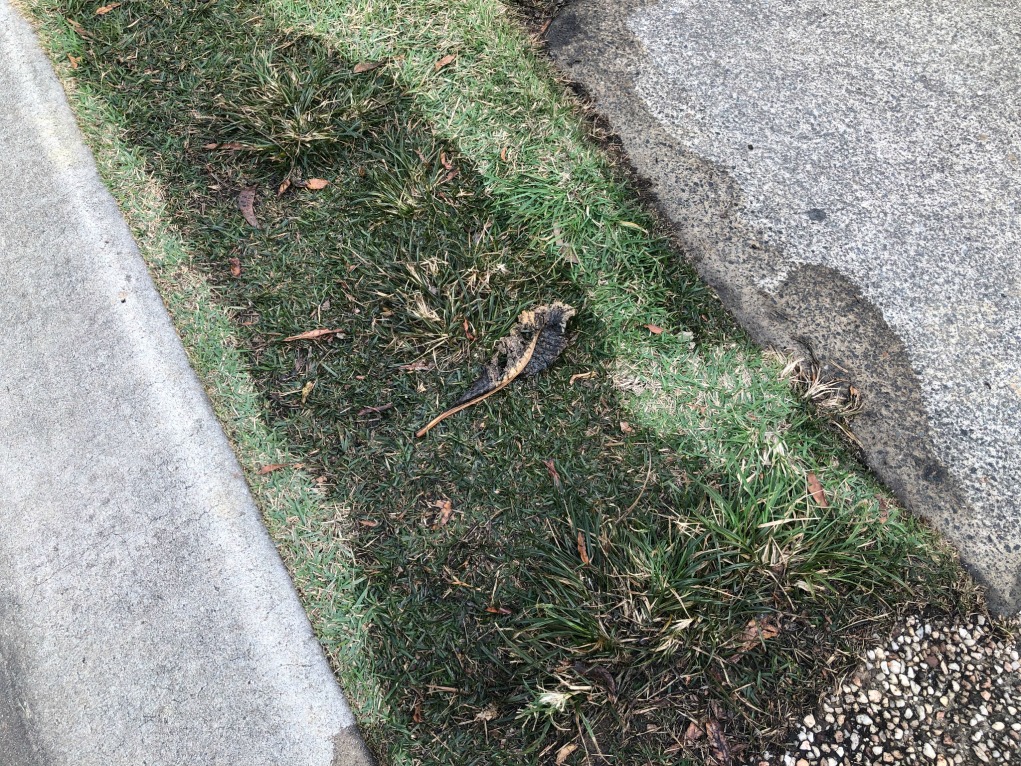Just how to Discover and Repair Water Leaks-- A Comprehensive Overview
Request An AppointmentDo you find yourself looking for facts about Hacks to detect leaks?

Early discovery of dripping water lines can reduce a potential calamity. Some small water leaks may not be visible.
1. Examine the Water Meter
Every home has a water meter. Checking it is a proven way that helps you discover leakages. For beginners, turn off all the water resources. Make certain nobody will certainly flush, make use of the faucet, shower, run the cleaning device or dishwasher. From there, most likely to the meter and watch if it will certainly change. Considering that no one is utilizing it, there ought to be no movements. That indicates a fast-moving leak if it relocates. Similarly, if you spot no changes, wait a hr or 2 and check back once more. This indicates you might have a slow leakage that could even be below ground.
2. Check Water Consumption
Evaluate your water costs and also track your water consumption. As the one paying it, you must notice if there are any type of disparities. If you spot sudden changes, in spite of your usage coinciding, it indicates that you have leaks in your plumbing system. Remember, your water bill ought to drop under the same range monthly. A sudden spike in your bill suggests a fast-moving leakage.
A steady increase every month, even with the very same routines, reveals you have a slow-moving leak that's also gradually rising. Call a plumber to extensively inspect your property, specifically if you really feel a warm location on your flooring with piping beneath.
3. Do a Food Coloring Test
30% comes from toilets when it comes to water intake. Examination to see if they are running properly. Decline flecks of food color in the tank and also wait 10 mins. If the color somehow infiltrates your dish throughout that time without flushing, there's a leak between the storage tank and bowl.
4. Asses Exterior Lines
Do not forget to check your exterior water lines too. Examination spigots by affixing a yard hose. Ought to water seep out of the connection, you have a loose rubber gasket. Replace this and also make certain all links are tight. If you've got a sprinkler system, it will assist get it expertly checked out as well as kept yearly. One tiny leakage can throw away tons of water as well as increase your water bill.
5. Evaluate and Examine the Situation
Property owners ought to make it a habit to check under the sink counters and also even inside closets for any bad odor or mold growth. These two red flags show a leakage so timely attention is needed. Doing regular assessments, also bi-annually, can conserve you from a major issue.
Examine for stainings as well as deteriorating as many pipes and devices have a life expectations. If you presume leaking water lines in your plumbing system, don't wait for it to rise.
Early detection of leaking water lines can alleviate a possible disaster. Some small water leakages might not be visible. Checking it is a guaranteed method that assists you uncover leakages. One tiny leak can squander bunches of water and also surge your water bill.
If you believe dripping water lines in your plumbing system, don't wait for it to escalate.
How to Know If Your Home Has a Hidden Leak
Water Meter Reveals Inexplicable Water Usage
If you’d like to test whether or not there’s a leak somewhere in your home, you can do this using your water meter. Here is how to conduct the test:
Don’t use any water in your home for at least 30 minutes; this also means not turning on faucets or water-using appliances.
Go outside, and check your water meter for activity.
If your water meter shows that there was activity, even though no one was using any water, this proves that there is a leak in your home.Visible Mold or Mildew Growth
Leaks behind walls create moist, dark environments that allow mold and mildew to grow and thrive. Eventually, you might see mold growth forming on the wall closest to a hidden leak.
If mold is growing in an area that receives a high amount of moisture, such as a bathroom, it may simply be an indication that better ventilation is needed. However, if you see mold growth on a wall or the ceiling in an area where you would not expect, you probably have a hidden leak.
Musty, Mildew Odor
Sometimes you might not be able to see the mold or mildew that is growing as a result of a leak. However, the smell can give the problem away just as easily. If you catch a whiff of something musty, there’s a good chance that old water is collecting somewhere in your home that you can’t see.
Stained/Warped Walls, Ceilings, or Floors
When your home soaks up water, a variety of red flags can become visible, including ceiling stains, bubbling drywall, warped walls, and sagging floors. While these issues can be caused by excess humidity, they can also be signs that a pipe or plumbing connection has started leaking behind your walls.
Inexplicably High Water Bill
After a while, you get a general sense for what your water bill should be. If you own a pool or sprinkler system, your bill will tend to be higher during summer. However, if you receive a water bill that seems especially high, and you can’t figure out what caused it, then you may have a hidden leak somewhere that’s increasing your bill.
https://www.plumbingjoint.com/blog/2019/july/how-to-know-if-your-home-has-a-hidden-leak/

Hopefully you enjoyed reading our excerpt about Leaking water lines. Thanks a ton for taking a few minutes to browse our blog. Please set aside a second to distribute this blog if you liked it. Many thanks for your time invested reading it.